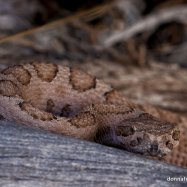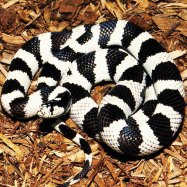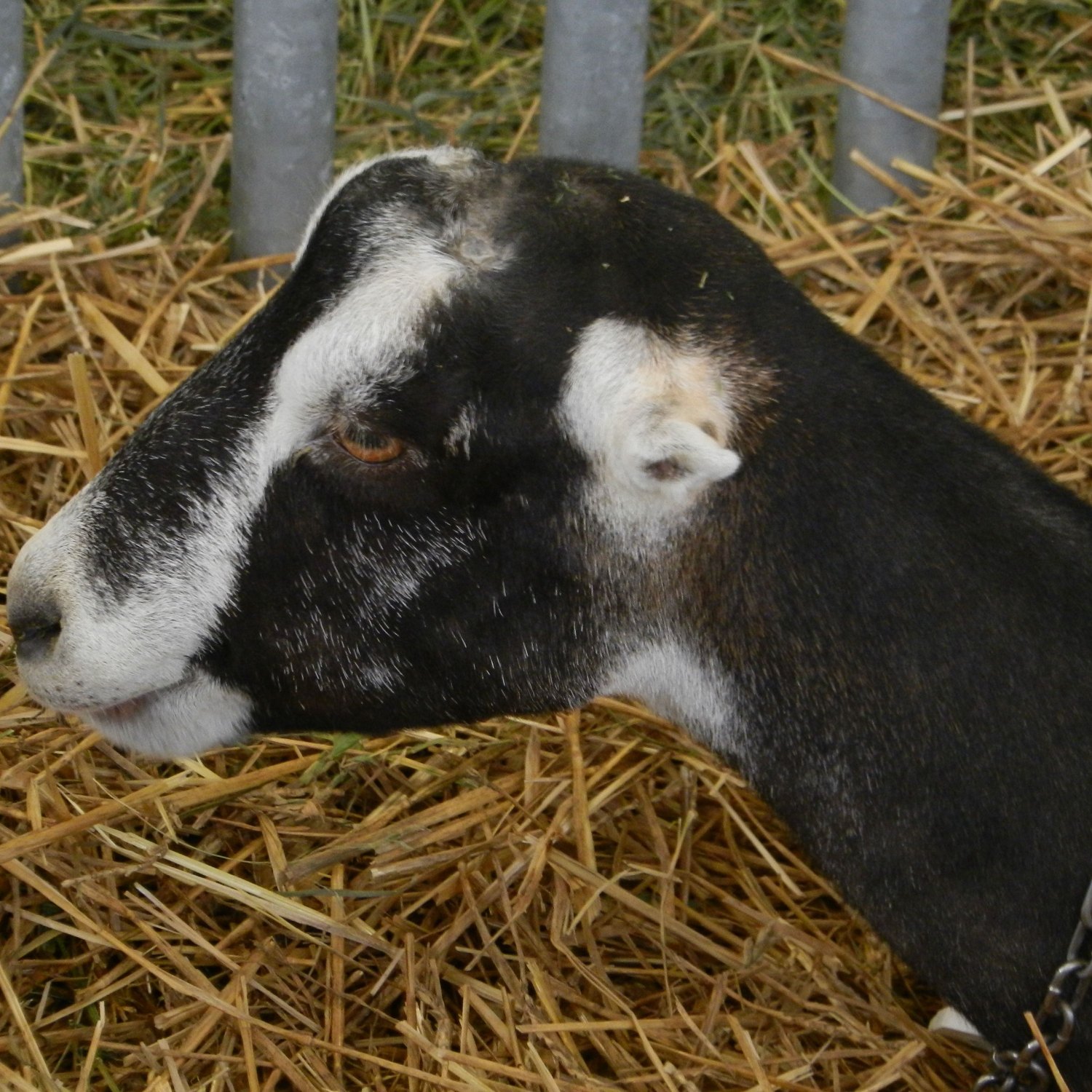
Lamancha Goat
18-30 inches
The Lamancha goat, native to North America, is a medium-sized and stocky animal with a length of 18-30 inches. Belonging to the Bovidae family, these goats are known for their distinctive appearance, with ears that can be either gopher or elf style. As pets, they are easy to care for and make great companions, making them a popular choice among goat enthusiasts.
Animal Details Summary:
Common Name: Lamancha Goat
Kingdom: Animalia
Habitat: Farm
The Unique and Fascinating Lamancha Goat: A Farm Favorite Worldwide
In the world of domesticated animals, the Lamancha goat stands out for its unique characteristics and endearing personality. Known for its small size, distinctive ears, and sweet disposition, the Lamancha is a favorite on farms worldwide.A Brief Introduction to the Lamancha Goat
Scientifically known as Capra aegagrus hircus, the Lamancha goat gets its name from its place of origin, LaMancha, in Oregon, United States. It is a hybrid breed, resulting from a spontaneous mutation in a French Alpine goat's genetic makeup Lamancha Goat. This mutation is responsible for the breed's distinguishing feature - its short, almost non-existent ears.Lamancha goats are classified under the Animalia kingdom, Chordata phylum, Mammalia class, Artiodactyla order, and Bovidae family. They are herbivores, like most goats, and primarily feed on hay, grass, leaves, and grains. Due to their docile nature, they are often kept as pets or raised for dairy and meat production.
The Habitat and Distribution of Lamancha Goats
As domesticated animals, Lamancha goats are typically found on farms and homesteads, where they can graze in pastures and receive proper care and attention. However, they have a widespread geographical distribution, with populations all over the world. Originally from the United States, they have been exported to various countries, including Canada, Mexico, Europe, and even the Philippines.Physical Characteristics of the Lamancha Goat
One cannot help but notice the unique appearance of a Lamancha goat. Standing at a height of 18-30 inches, they are considered medium-sized domesticated animals Labahoula. Their distinguishing feature is their short and almost non-existent ears, which can be as short as 1 inch in some individuals. The absence of ears in some breeds is a result of selective breeding, with some breeders preferring the shorter ear length.The body of a Lamancha goat is typically stocky, with broad shoulders and a deep chest. They have a straight back and strong, sturdy legs that allow them to move quickly and efficiently. Their coat can come in various colors, including white, black, brown, and even spotted or patterned.
On average, a Lamancha goat weighs between 130-170 pounds. Of course, this weight can vary depending on factors such as gender, diet, and level of physical activity. Female goats are generally smaller than males, and the males are typically used for meat production.
Apart from their appearance, what makes Lamancha goats unique?
Aside from their short ears, Lamancha goats have some other notable characteristics that make them stand out from other goat breeds. Here are a few interesting facts about these lovable creatures:- They are excellent climbers: Lamancha goats have a natural inclination to climb, and they are remarkably good at it. Their strong legs and nimble hooves allow them to scale steep inclines with ease. So if you're planning to add a Lamancha goat to your homestead, make sure you have a sturdy fence to keep them contained.
- They are vocal animals: While most goats are known for their bleating, Lamancha goats take it to another level. They are quite vocal and have a wide range of sounds they make to communicate with other goats and their human caretakers. Some people even say that they sound like they are saying "maa" or "baa" when they bleat.
- They make great companions: Due to their friendly and affectionate nature, Lamancha goats are often kept as pets. They are intelligent animals and can be trained to do simple tasks, such as pulling a cart or pack. They are also known to be very social with humans and can form strong bonds with their owners.
The Benefits of Raising Lamancha Goats
Aside from being a charming addition to any farm, Lamancha goats also offer a host of benefits for their owners. Here are a few reasons why you may want to consider raising Lamancha goats:- Low maintenance: Lamancha goats are easy to care for and require minimal maintenance. They do not have any specific dietary or grooming needs, and they are hardy animals that can adapt to various weather conditions. As long as they have access to fresh food, water, and shelter, they are happy and healthy.
- Excellent dairy producers: Lamancha goats are known for their high milk production, making them a great choice for dairy farmers. The milk of Lamancha goats is also said to have a higher butterfat and protein content compared to other goat breeds. It is often used to make delicious cheese, yogurt, and other dairy products.
- Fast-growing: For those looking to raise goats for meat production, Lamancha goats are an excellent choice. They tend to reach maturity at a relatively young age compared to other breeds, making them an efficient option for meat production.
The Future of Lamancha Goats
Unfortunately, as with many domesticated animals, Lamancha goats have experienced a decline in population over the years. This decrease can be attributed to the rising demand for smaller and more compact goat breeds. However, there are efforts to preserve and promote these unique animals, with breeders working to maintain the breed's purity and improve its genetic makeup.In Conclusion
The Lamancha goat may be a relatively unknown breed to some, but its endearing characteristics and numerous benefits make it a favorite on farms worldwide. From its unique appearance to its friendly nature, these goats have captured the hearts of many and continue to be a valuable addition to homesteads everywhere. As we continue to learn more about these amazing animals and their role in our agricultural landscape, we can help ensure a bright future for the Lamancha goat breed.

Lamancha Goat
Animal Details Lamancha Goat - Scientific Name: Capra aegagrus hircus
- Category: Animals L
- Scientific Name: Capra aegagrus hircus
- Common Name: Lamancha Goat
- Kingdom: Animalia
- Phylum: Chordata
- Class: Mammalia
- Order: Artiodactyla
- Family: Bovidae
- Habitat: Farm
- Feeding Method: Herbivore
- Geographical Distribution: Worldwide
- Country of Origin: United States
- Location: North America
- Animal Coloration: Varies, commonly white or black
- Body Shape: Medium-sized, stocky
- Length: 18-30 inches
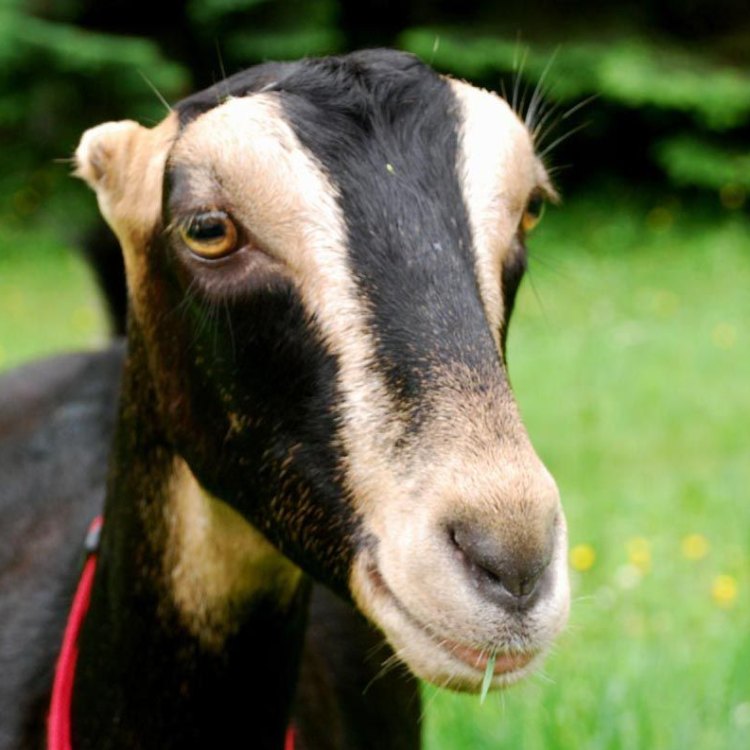
Lamancha Goat
- Adult Size: Small to medium
- Average Lifespan: 10-12 years
- Reproduction: Sexual
- Reproductive Behavior: Polygynous
- Sound or Call: Bleating
- Migration Pattern: Non-migratory
- Social Groups: Herds
- Behavior: Social, curious, active
- Threats: Predation, climate conditions
- Conservation Status: Not listed
- Impact on Ecosystem: Grazing
- Human Use: Milk, meat
- Distinctive Features: Ears are small or absent
- Interesting Facts: Lamancha goats are known for their short ear pinnae, which can be either nonexistent or up to two inches long. They are also adaptable to various climatic conditions and can thrive in different environments.
- Predator: Coyotes, wolves, mountain lions
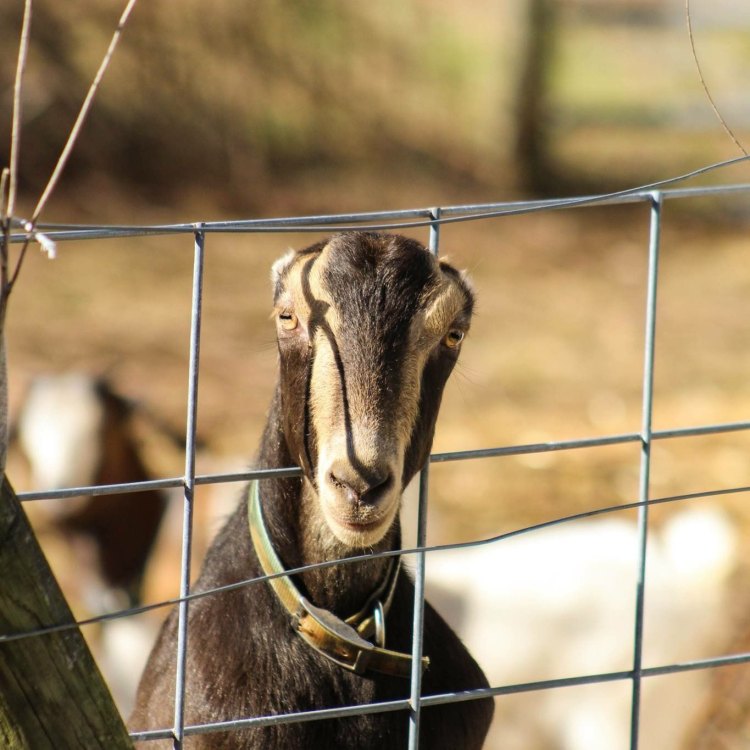
Capra aegagrus hircus
Lamancha Goat: The Adaptable and Unique Breed
When you think of goats, you may picture the typical image of a long-eared creature grazing in a field. However, there is one breed of goats that stands out from the rest - the Lamancha goat. These fascinating creatures are known for their distinctive features, adaptable nature, and their impact on both the ecosystem and humans.Size and Lifespan
The Lamancha goat is a small to medium-sized breed, with an average weight of 130-150 pounds for males and 80-120 pounds for females PeaceOfAnimals.Com. They are known for their stocky build, short legs, and deep chest. While their size may not be as grand as some other breeds, they make up for it with their unique features and personality.
The average lifespan of a Lamancha goat is 10-12 years, making them a long-term commitment for any owners. With proper care and a healthy diet, they can live even longer, providing continuous milk and meat production.
Reproduction and Behavior
The Lamancha goat is a sexually reproducing species, with a polygynous mating system. This means that one male can mate with multiple females, resulting in a larger herd and more offspring. This reproductive behavior is similar to other goat breeds, but the Lamancha goat has one distinctive difference - their small or completely absent ears.
Yes, you read that right. Lamancha goats are known for their unique ear size, which can be up to two inches long or completely absent Lesser Jacana. This feature is due to a natural genetic mutation that occurred in the breed's history, giving them the nickname "earless goats." Despite their small ears, they have excellent hearing and are not affected by this genetic variation. In fact, it's a distinguishing feature that makes them stand out from other breeds.
In terms of behavior, Lamancha goats are social, curious, and highly active creatures. They thrive in herds, and their sociable nature makes them an enjoyable addition to any farm. They are also known for their playful and mischievous antics, making them a joy to watch and interact with.
Threats and Conservation Status
Like any other animal, the Lamancha goat faces various threats in their natural habitat. Predation is a significant threat, with coyotes, wolves, and mountain lions being their main predators. These animals can pose a significant danger to the herd, especially during breeding season when males are more aggressive in protecting their females.
Climate conditions can also impact the health and survival of the Lamancha goat. They are adaptable to different environments, but extreme weather such as blistering heat or extreme cold can be dangerous for them. As a domesticated species, they are also susceptible to diseases and parasites, making proper care and regular check-ups crucial for their well-being.
Currently, the Lamancha goat is not listed as an endangered or threatened species. However, it's essential to continue monitoring their population and address any threats that may arise to ensure their survival.
Impact on Ecosystem
As with any other grazing animal, the Lamancha goat plays a significant role in maintaining the ecosystem's balance. Their primary source of food is vegetation, and they have a diverse diet, including grass, weeds, leaves, and bark.
Their grazing habits play a crucial role in preventing vegetation from overgrowing, promoting the growth of new plants and keeping the ecosystem in check. They also provide natural fertilizer, enriching the soil and creating a more sustainable environment for other plants and animals.
Human Use
Humans have had a long-standing relationship with domesticated goats, using them for their milk, meat, and even their hair. Lamancha goats are no exception and are highly valued for their milk production, which is high in both quantity and quality. Their adaptable nature also makes them perfect for milk production in various climates.
In addition to milk, Lamancha goats are also raised for their meat. Their meat is lean, flavorful, and widely used in different dishes worldwide. Their short stature and stocky build make them easy to handle and suitable for small farms and homesteads.
Interesting Facts
Aside from their unique ear size, there are some other interesting facts about the Lamancha goat that make them truly one of a kind. These goats are adaptable to various climatic conditions, making them well-suited for different environments. They can thrive in hot, dry areas, as well as cold and wet climates, making them a perfect choice for farmers in different regions.
Another fun fact about Lamancha goats is that they have a distinctive sound or call - bleating. Bleating is a vocalization that goats make to communicate with each other and their owners. It can range from a soft, gentle call to a loud and persistent bleat when they need attention or are feeling unhappy.
Predators
Despite their small size and unique features, Lamancha goats are not invincible, and they do have natural predators. As mentioned earlier, coyotes, wolves, and mountain lions can pose a significant threat, especially to baby goats or weaker adults. Proper fencing and security measures are essential to protect the herd from these predators.
Conclusion
The Lamancha goat may not be the first breed that comes to mind when you think of goats, but they are undoubtedly a unique and fascinating species. From their distinctive ear size to their adaptable nature and their impact on the ecosystem, these goats have a lot to offer.
Their playful and sociable behavior makes them a joy to raise and interact with, providing milk, meat, and companionship to their owners. And with proper care and attention, they can live a full and happy life, adding a touch of uniqueness to any farm or homestead.
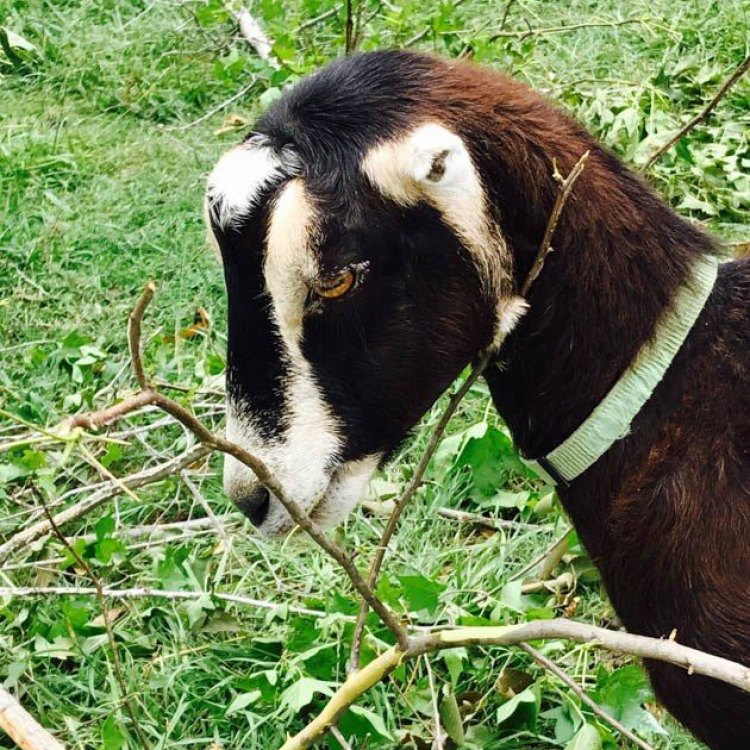
The Unique and Fascinating Lamancha Goat: A Farm Favorite Worldwide
Disclaimer: The content provided is for informational purposes only. We cannot guarantee the accuracy of the information on this page 100%. All information provided here may change without prior notice.



